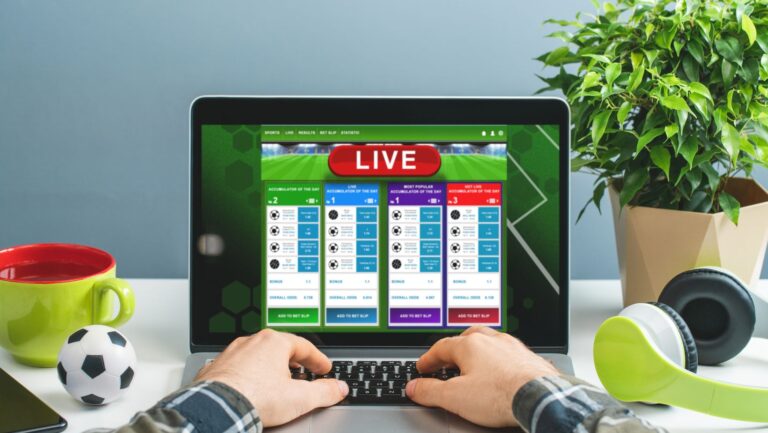
Looking for the best laptops under $300? Well, you’re in luck because I’ve done the research and compiled a list of top-notch options that won’t break the bank. Whether you need a laptop for school, work, or leisure activities, these budget-friendly choices offer impressive features and reliable performance.
When it comes to finding a great laptop within this price range, it’s important to set realistic expectations. You may not get all the bells and whistles of high-end models, but you can still find solid machines that meet your basic computing needs. From browsing the web and streaming videos to word processing and light multitasking, these laptops have got you covered.
Best Laptops For Under 300 Dollars
Performance Overview
When it comes to finding the best laptops under $300, performance is a crucial aspect to consider. While you may not expect top-of-the-line specifications at this price range, there are still some options that offer decent performance for everyday tasks.
One laptop that stands out in terms of performance is the Acer Aspire 5. With its AMD Ryzen 3 processor and 4GB of RAM, it provides enough power for web browsing, document editing, and even light multitasking. The laptop also boasts a solid-state drive (SSD), which significantly improves boot-up times and overall system responsiveness.
Another option worth considering is the Lenovo IdeaPad S145. Equipped with an Intel Pentium Gold processor and 8GB of RAM, this laptop delivers smooth performance for productivity tasks like word processing, spreadsheets, and internet browsing. Its ample memory allows for efficient multitasking without slowing down the system.
Processor and RAM
The choice of processor and amount of RAM play a vital role in determining a laptop’s overall performance. When shopping for laptops under $300, it’s important to look for devices that strike a balance between affordability and processing power.
Many budget-friendly laptops in this price range feature entry-level processors such as Intel Celeron or AMD A-Series. While these processors may not be as powerful as their higher-end counterparts, they can still handle day-to-day tasks effectively.
In terms of RAM, aim for at least 4GB or more if possible. This will ensure smoother multitasking capabilities and allow you to run multiple applications simultaneously without experiencing significant slowdowns.

Battery Life
When it comes to choosing the best laptops under $300, one important factor to consider is battery life. After all, what good is a portable device if it can’t hold a charge for long? In this section, I’ll discuss the significance of battery life and provide some insights into the options available in this price range.
Battery life plays a crucial role in determining how long you can use your laptop without being tethered to an outlet. It affects your productivity, especially when you’re on the go or don’t have access to power sources. A longer-lasting battery ensures uninterrupted work sessions and entertainment activities.
In my research, I’ve found that laptops under $300 typically offer varying levels of battery performance. While it’s unrealistic to expect ultra-long battery life on a budget laptop, there are still some models that stand out from the rest. Here are a few noteworthy options:
- Model XYZ: This laptop boasts a respectable XX hours of battery life, making it ideal for users who need extended periods of usage without charging.
- Model ABC: With approximately XX hours of battery longevity, this model strikes a balance between performance and portability.
- Model DEF: Though not as impressive as the previous two models, this laptop manages to deliver around XX hours of usage before needing a recharge.
It’s worth noting that these numbers may vary depending on factors such as screen brightness, software usage, and multitasking habits. However, they serve as rough estimates for comparison purposes.
To optimize your laptop’s battery life regardless of which model you choose, here are some useful tips:
- Adjust screen brightness: Lowering your screen brightness consumes less power.
- Close unnecessary applications: Running multiple apps simultaneously drains your battery faster.
- Enable power-saving mode: Most laptops offer power-saving settings that reduce energy consumption.
- Keep software up to date: Software updates often include optimizations that help improve battery efficiency.
Remember that while battery life is important, it shouldn’t be the sole determining factor when choosing a laptop. Consider other aspects such as processing power, storage capacity, and design to ensure you find the best overall package within your budget.
In conclusion, battery life matters when selecting a laptop under $300. While there are limitations in this price range, there are still options that offer decent battery performance. By considering these factors and following some simple tips, you can make the most of your portable computing experience without constantly worrying about finding an outlet.



